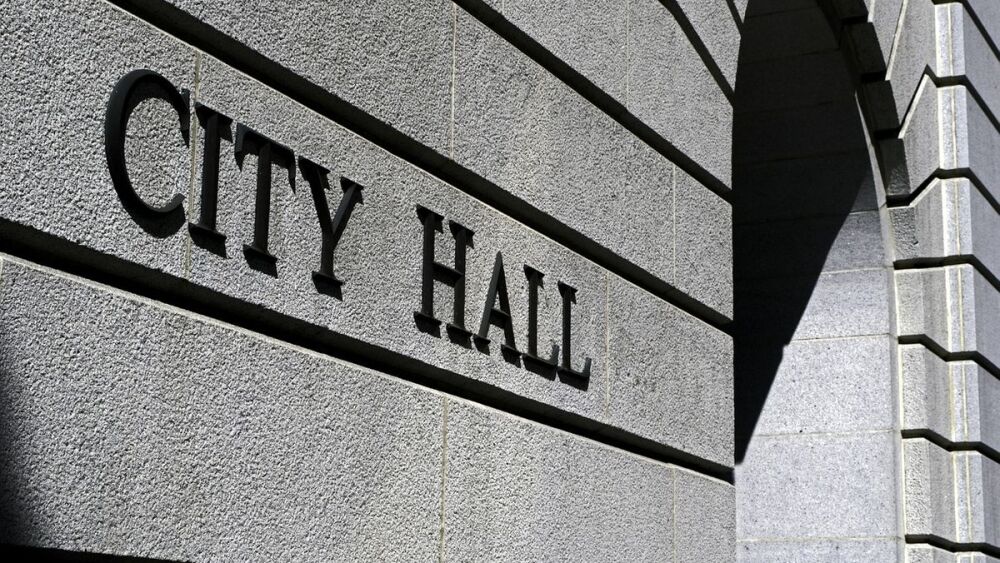By Ethan Kent
Project for Public Spaces
A community’s connection to place is at the very heart of resilience. In fact, resilience on its own has limited value if residents feel little attachment to, or investment in, a place. Placemaking is the process of building and nurturing this relationship between people and their environment. Through a broad focus on creating quality places, Placemaking builds the shared value, community capacity, and cross-sector collaboration that is the bedrock of resilient cities and thriving communities.
Thriving places have a direct impact on our ability to address major societal challenges. As numerous studies have shown, a strong sense of place is an important factor not only in our own health and well being, but also in the physical and economic health of our cities. Part of this experience of a place comes from actively participating in the creation of its meaning and use—and people are less likely to develop a strong relationship to, and investment in, a place if there is a high risk of the place not being sustained. We need to focus on Placemaking in order to generate resilience, just as resilience is necessary for investing in place.
The conversation on resilience has emphasized the importance of creating smarter infrastructure and enhancing community disaster preparedness. A resilient community also leverages its investments for broader outcomes – this is what Dr. Judith Rodin has dubbed “the resilience dividend.” Whether the goal is improved transportation infrastructure, better utility networks and civic technology investments, or sea level rise protection (see the extensive proposal for post-Sandy lower Manhattan), putting place, and the creation of “place capital,” at the center of our policy and planning frameworks can more effectively, and more cheaply, address multiple issues at once.
Read full coverage here.


